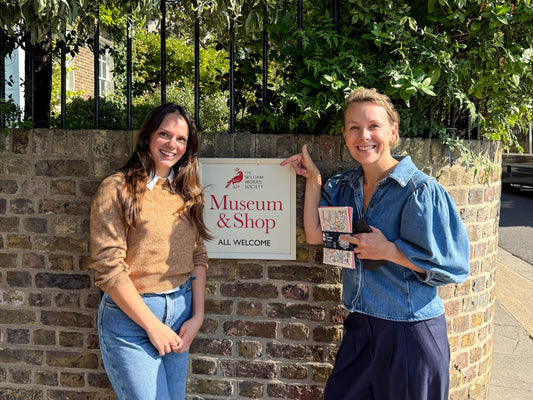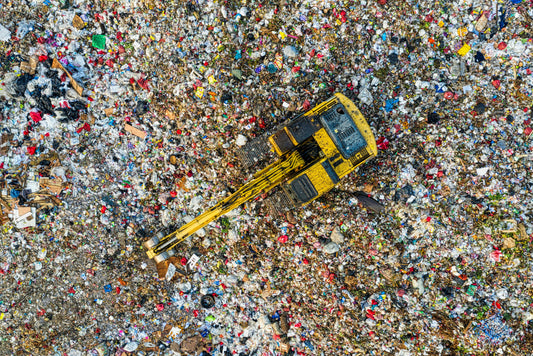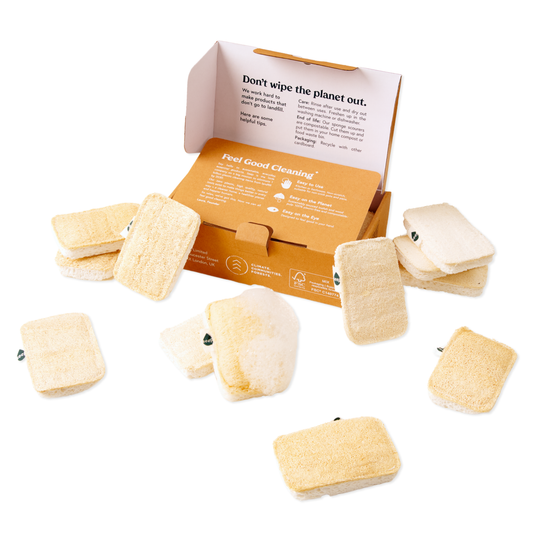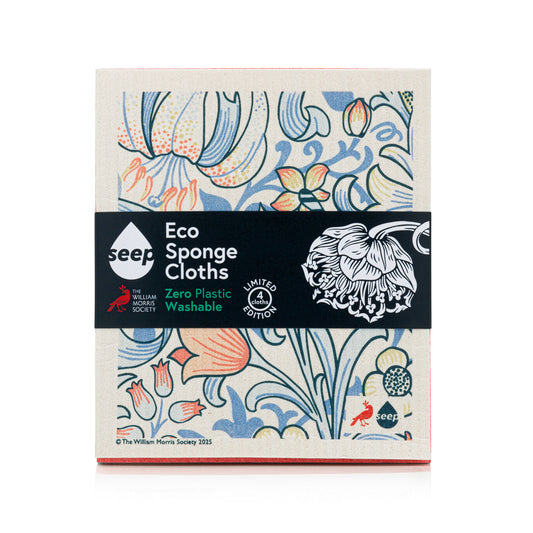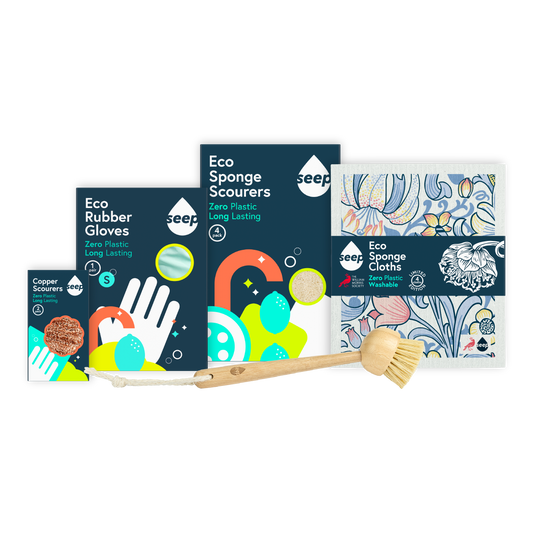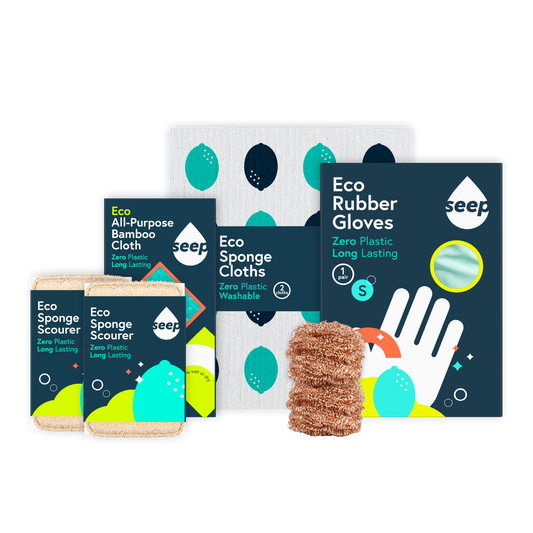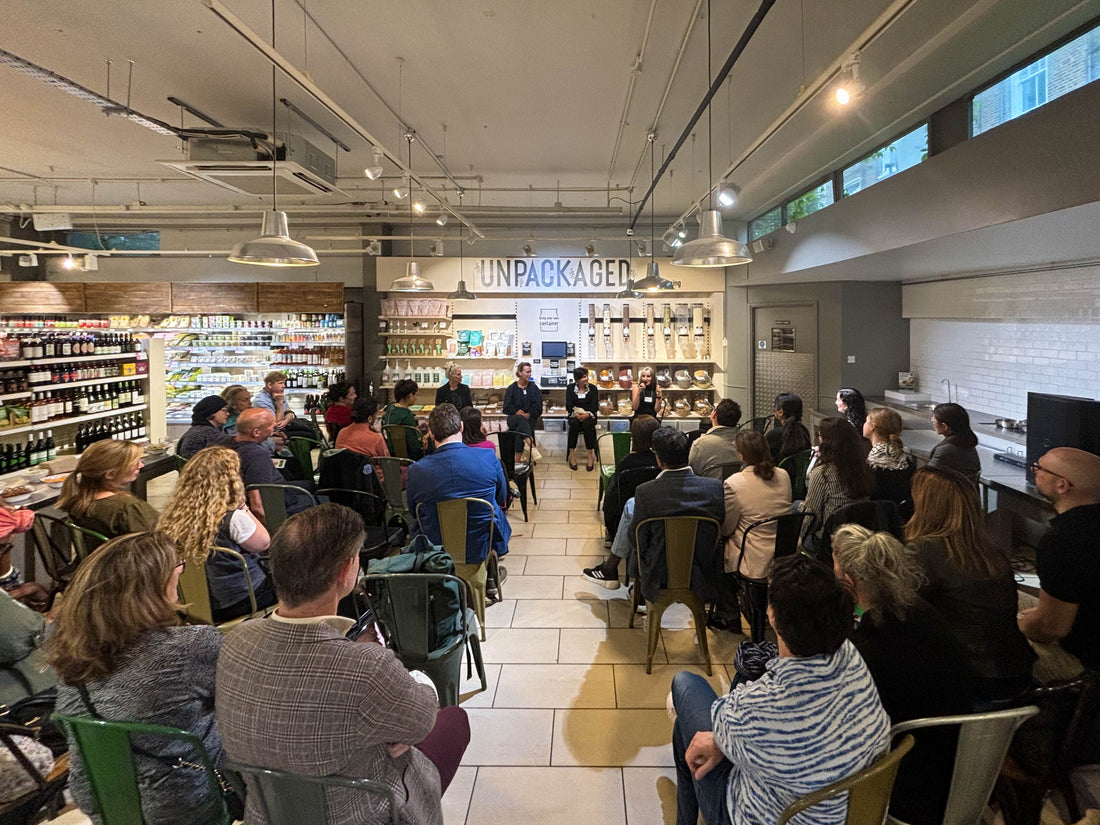
Our founder, Laura Harnett, joined Monica Jandrisits, CEO at re-wrap, and Jayne Paramor, on behalf of Plastic-free July, on a panel organised and hosted by Planet Organic's founder, Renée Elliott, on the topic "Plastic-free Planet".
After an introduction of each panelist and their product, Renée started the conversation by sharing some statistics of plastic in the human body— recent studies have found microplastics in every sample of placenta, arteries, testicles and semen — and that it's expected that plastic production will double by 2040.
These were some of the highlights of the event:
What needs to be done to stop or slow down these statistics?
- Renée supports the idea of a global cap on plastic production, as well as more transparency and creating more reusable packaging.
- Laura said it's important to drive awareness of unknown plastics, such as polyester, especially in fashion. She also believes that the main manufacturers should be challenged by the government, in order to provide lower production costs. Lastly, she pointed out that not everyone has access to compostable facilities.
- Jayne agreed that waste infrastructures need to improve.
- Monica advised individuals to be conscious of their impact and focus on the after life of products. The little things do help!
- Renée shared the curious insight that brands are faced with the decision between developing organic or plastic-free products, as having both would be unaffordable.
What tips do you have for changes that are easy to make and don't add to the daily life stress?
- Renée suggests not to try everything at once. It's better to pick one thing that is exciting and stick with it, and try a different thing every 2 months.
- Laura suggests looking back at history before plastic came into the scene, how people used to live without it — using soap bars, shampoo bars, plates on top of dishes instead of cling film, and lemon, white vinegar and baking soda to clean. She also recommended buying second-hand clothes, using platforms like Vinted.
- Jayne suggested keeping reusable cutlery, a water bottle, straw and coffee cup in your bag. She also carries a tea bag strainer with her!
- Monica suggested thinking about where the product is going to end up (can you recycle it easily?) and making a decision accordingly.
How do you make customers look beyond the price and get excited about your product?
- Laura trusts that, first and foremost, the product itself needs to look beautiful and joyful on the shelf, as that will be the customer's first impression — the era of brown and green packaging is gone! Then it must perform well and last long.
- Jayne and Monica both put focus on good storytelling. A simple but fun message goes a long way.

